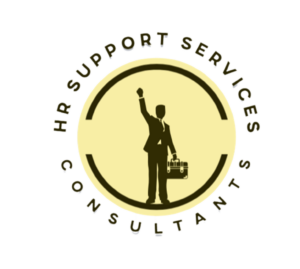Long-term sickness absence can disrupt service levels for Lordshill retailers, care providers and trades. A compassionate yet structured return-to-work (RTW) programme reduces risk and supports colleagues back into meaningful work.
Build a Clear RTW Pathway
- Early contact: Agree a respectful contact plan; share EAP and occupational health (OH) options.
- OH referral: Evidence-based advice on adjustments, capabilities and timelines.
- RTW meeting: Discuss duties, triggers and any phased plan (hours, tasks, location).
- Phased plan: 2–6 weeks typically; review weekly and adjust.
- Documentation: Keep notes, confirm agreements in writing, and protect medical confidentiality.
Reasonable Adjustments
- Duties: Temporarily remove manual handling or high-pressure tasks.
- Hours: Gradual increase (e.g., 50% → 75% → full).
- Location: Short-term home or alternate site, if appropriate.
- Equipment: Ergonomic kit, voice-to-text, or quiet work areas.
Prevent Recurrence
- Root cause: Work design, workload, conflict or non-work factors?
- Manager training: Spot early signs, hold supportive conversations.
- Wellbeing programme: Mental health first aiders, flexible working, realistic targets.
Why It Works
Structured RTW protects employees, reduces relapses and demonstrates legal reasonableness if challenged.
HR Support Services builds Lordshill-specific RTW frameworks—manager training, OH partnerships and documentation—so you cut absence while treating people well.







